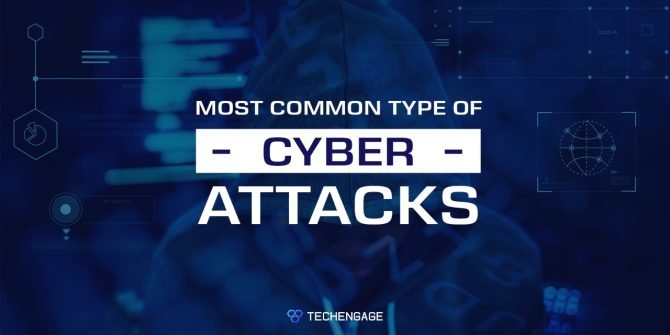As per the 2020 report of World Economic Forum Global Risk, cyberattacks top the list of global human-caused attacks.
Cybercrimes are an impending threat to every organization (government, business, and individual), no matter how small or big they are. It is a myth that only huge companies deal with cyber-attacks. The attackers prey on devices connected to the internet as a potential weapon to disrupt organizations with less sophisticated cybersecurity measures. Over the past couple of years, with the evolution of technology, the kinds of cyberattacks and their methods have also evolved.
Cyberattacks hit companies every day, resulting in massive loss of productivity, assets, and revenue, breaking a company’s reputation, business confidence, and trust, and violating the consumers’ basic right to individual privacy.
Before implementing security measures to safeguard your organization from cybercrimes, knowing their basics and origin makes it easier to find the root cause and exterminate the issue permanently.
So, what are the most common types of cyber-attacks?
How do they affect the organization?
Let us find out six common types of cyber-attacks that are the most damaging.
1. DDoS
DDoS short for Distributed Denial Of Service Attacks is where a computer system attacks a target network, server, or other website source and later causes rejection of certain facilities for the users of the target. As a result, the target system is forced to slow down with hundreds of notifications, incoming messages, and connection requests. DDoS attacks can even crash and shut down the system, which in turn fails to serve its legitimate users of the systems. 4.8 million DDoS attacks took place in the first six months of 2020 alone, indicating that every organization faces this severe problem. With every passing year, they mark the most significant number of attacks. The attackers use Ai technologies to understand what works best and what doesn’t. Unfortunately, AI is being used to enhance every cyberattack nowadays. To keep cyber threats at bay, you need a comprehensive software solution like XDR [Extended Detection And Response], which is built by unifying network detection and response, endpoint detection and response, and STEM. Such solutions provide precise insights across endpoints, deeper visibility, and automation. With AI and automated systems, you can save time and respond quickly.
2. Malware
Malware, otherwise called malicious software, is a general term used to define a malicious file or intrusive program exclusively built to benefit the attacks at the cost of the users. Even though there are different types of malware out there, the basic techniques they use are the same. These malware use complex invasion techniques designed in a particular way that fools the users and gets installed on the devices without permission. The most well-known types of malware are ransomware, Trojans, and spyware.
3. Phishing
Phishing is a mode of cyber-attack where the attackers disguise themselves as a reputed entity, for example, a bank, a person in email, tax departments, etc. This way, they trick the users by providing fraudulent links or attachments using which the victim hands over valuable information like credit details, passwords, intellectual property, and more. Phishing is an easy method to collect sensitive information. There are different types of phishing attacks, namely:
- email phishing
- angler phishing
- spear phishing
- whaling
4. SQL injection attacks
The majority of websites are data-driven, and such websites are vulnerable to SQL injection attacks. The attackers invade your device with a SQL query which slowly injects the malware. The purpose of these attacks can vary; this year, SQL was used to steal emails. The malicious request initiated by the attackers modify and alter the database so that they can easily access the personal information of customers or sensitive details about your customers.
5. XSS
XSS is another form of injection attack which enables the attackers to inject malicious data like a script from another software. One must be aware that XSS allows the attacker to steal cookies by injecting the scripts written in numerous languages such as JavaScript, Ajax, Java, Flash, etc. The attackers can fool the victims easily by pretending to be a user; this way, the attackers can spread malware, create havoc, and use the users’ personal information effortlessly.
6. Botnets
Bonnets are different from other cyber-attacks, but the attack mode is almost the same as phishing attacks. This involves a series of computers or devices managed by cybercriminals. The attacker’s primary objective is to infect as much software as possible and magnify the intensity of attacks.
Conclusion
Cyber-attacks might be unavoidable but, when detected early, can be neutralized quickly. However, these attacks can damage, steal and disrupt data for good. So it is mandatory to deploy the right cyber security measures to keep them away from your systems. Furthermore, as attackers choose advanced attacking techniques, you need to implement a multi-level security system that effectively protects your data.







Share Your Thoughts